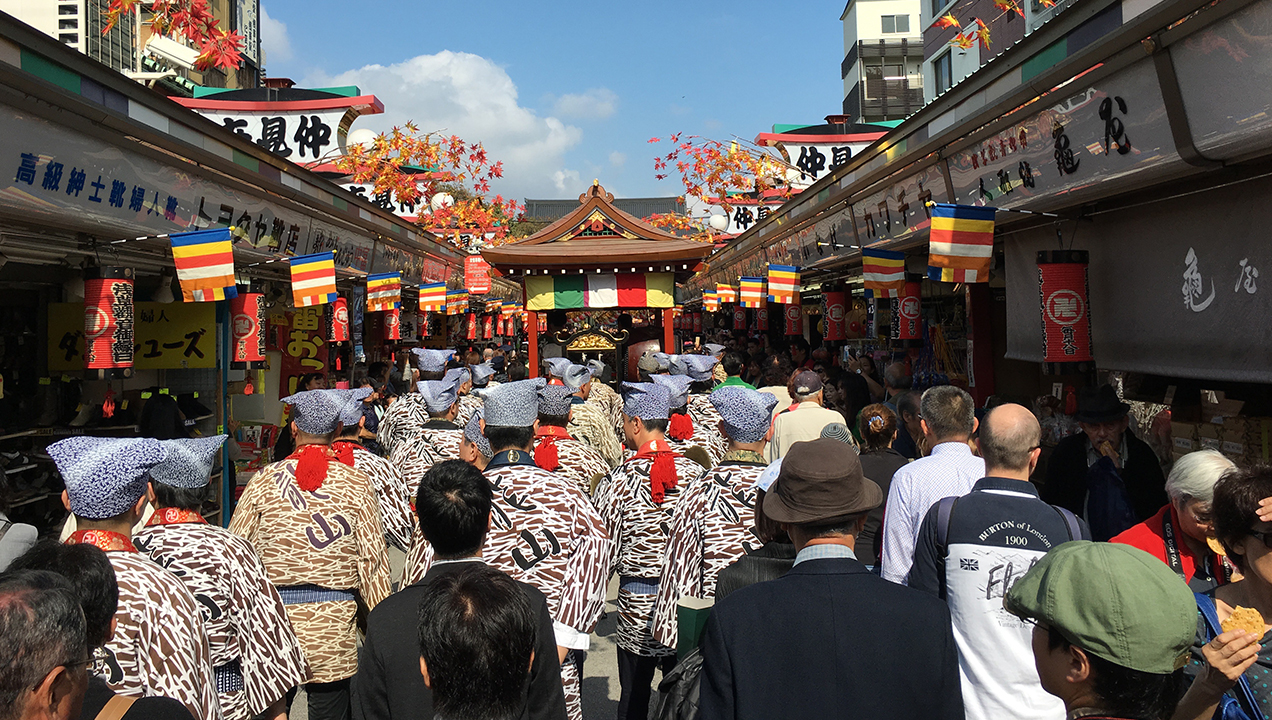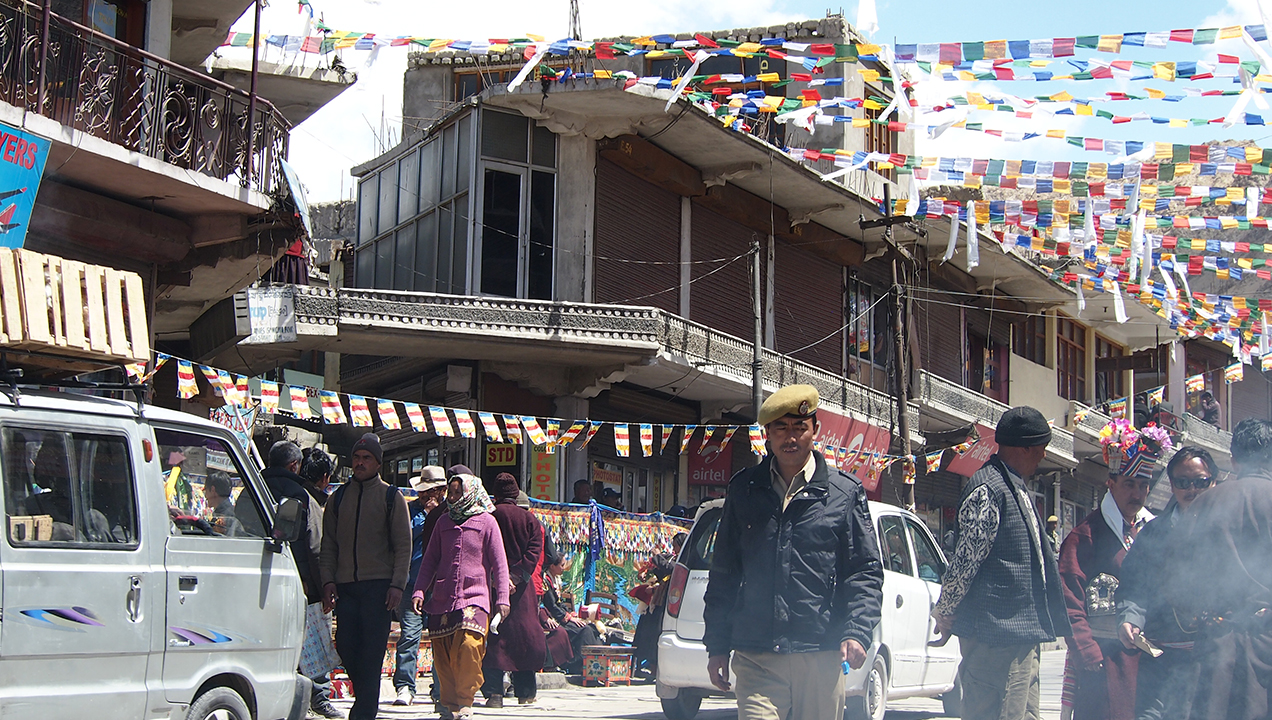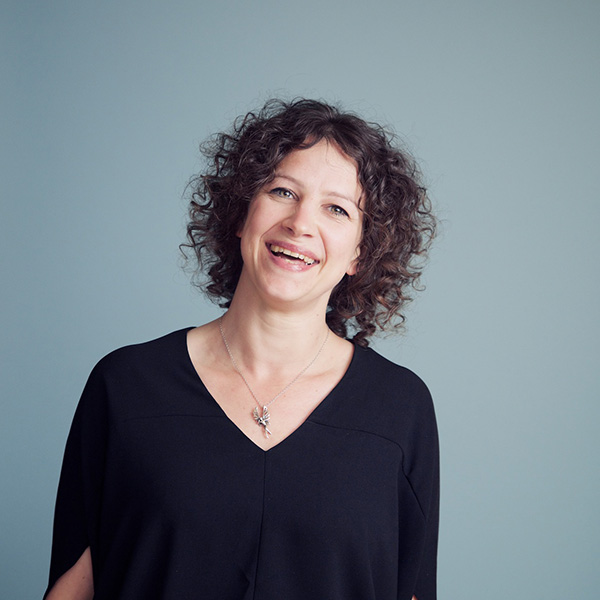Tips for Conducting International UX Research
When you are conducting research into customer experiences, you often need to go a little further than you own street, your own town or even your own country. With that in mind, I asked our team for the best tips and tricks to get the most out of projects that cross borders.

Travelling around the world may sound glamorous, but it introduces new sets of communications problems for the clients back home. Briefings ahead of time, regular structured updates throughout the trip and a debriefing where all the new information is broken down can prevent any nasty surprises and keep everyone on the same page.
There is a Time and a Place
Working out how long a project might take is difficult even before you introduce the idea of multiple time zones. When you are setting up a trip and carefully scheduling each stop, it is important to be mindful of local holidays, religious celebrations and sporting events that might interfere. There are other, cultural, issues that might show up when you are trying to tie together a schedule. If you set up a ten o’clock meeting in the Philippines, Jamaica or India, you can expect people to show up between ten o’clock and eleven because the way that the local culture relates to time is different. On the other end of the scale, when you are setting up a meeting in Japan, be sure to set aside some scheduled bathroom breaks, otherwise they will not be allowed.
Get Some Culture
The internal clash between your researchers’ cultures and the local culture can be the biggest obstacle to getting good data, which is why it is essential to take advice from your friends on the ground in the country that you are visiting. Adopting the local presentation, in both clothing and manners, taking local advice and eating local food with the people you are working with will give you opportunities that you would otherwise miss.
When you are getting ready to make a research trip, be sure to pack a diverse team. In some cultures one gender is favoured, in others you may find that women do not speak freely in front of male researchers but are happy to discuss every detail of their lives with female ones. Likewise, age is respected in some cultures and an older researcher will be able to draw out better information than a younger one.
In more communal cultures, individual interviews may not be practical or even helpful. If knowledge is retained across a group then interviewing the whole group and then following up for specifics with individuals can give the best information set.
Preparation and localization are the keys to success, learning about the local customs and taboos will prevent you from inadvertently causing offence and taking the time to adapt your research materials, in particular test-stimuli, will prevent your results from being skewed.

Don’t Get Lost in Translation
If you are in a country that speaks a language other than English, then you should expect to do all of your research in that language. Picking the right translator, with help from your local partners, can make or break a project. If it is possible to find a translator who is familiar with the pace of group sessions and the rigours of research then you will find life much easier. Failing that, finding a translator who has at least worked in a relevant industry can help a great deal. Languages don’t translate literally, even within English there are vast differences in meaning based on localization, and in addition to knowing all the local idioms a good translator will also need to know the special phrases and meanings that are unique to the industry that you are discussing.
Your translator may very well be the most important person in the room as far as the project’s success goes. One of our team recalls spending time with some Mandarin speaking senior executives where everything seemed to be going absolutely perfectly and everyone left happy, only to discover later that the translator, despite being highly recommended, hadn’t been able to keep up with the pace and only conveyed parts of the conversation.
It is important to remember that your translator is a person, not a tool, and that their work is intensive so they will likely need regular breaks, which you will need to account for in your planning. It is also important to realise that translation doesn’t end just because the interviews do. Even seemingly neutral meanings change drastically between different cultures and languages.
If something is rated 7 out of 10 in Latin America, then it means that it is only average, meanwhile something that is rated 7 out of 10 in Japan is receiving high praise. Customer experience research data is subjective by nature, it is hardly surprising that it needs to be passed through translation and filters before the information becomes usable in another culture.

International Customer Experience Research
Overseeing research yourself is always the best practice, but it isn’t always practical; in cases where you can’t be physically present it is important to find a local partner and a local recruiter who can be trusted. In some countries, due to laws regarding Visas and foreign involvement, you may even need to find a local company to conduct research for you while you “act as observers”.
At Sutherland, we work with the UX Alliance to support our research. A global network of 26 of the world’s leading UX research and design companies, the UX Alliance are spread across all five inhabited continents, and we support each other in creating localized research, insight and design.
If you are respectful of local cultures, ensure that your data is being translated properly and take the time to plan ahead, then international research can be a wonderful way to examine the way that people from other cultures interpret the same experiences. It will also help to strip away some of your own cultural blind-spots and biases and allow you to make the experiences that you design more open to everyone.
